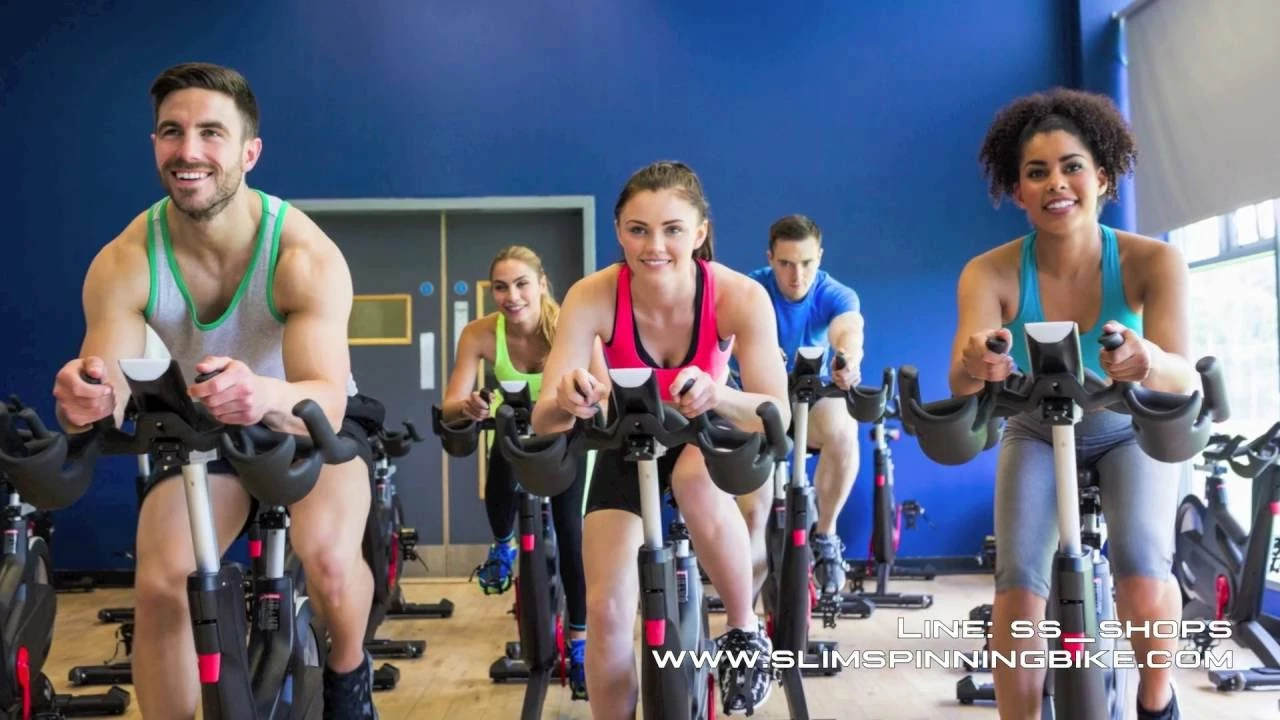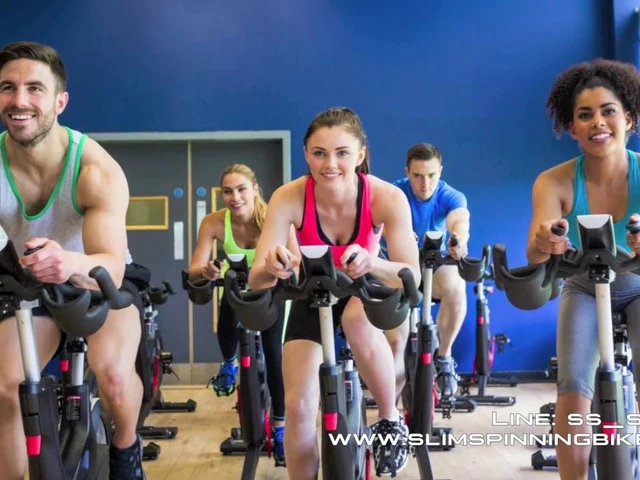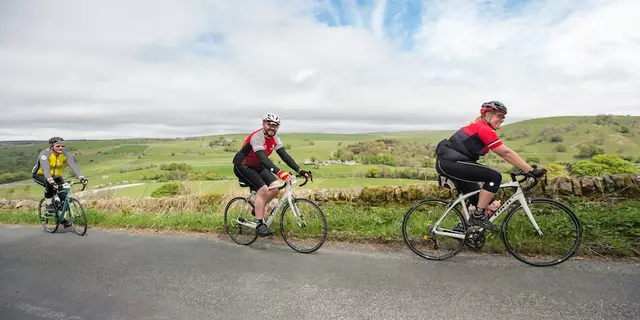Physical Fitness and Cycling: Getting Stronger on Two Wheels
If you’re looking for a fun way to get fit, hopping on a bike is one of the easiest options. You don’t need a gym membership or fancy equipment – just a bike, a helmet, and a willingness to move. Below we’ll walk through why cycling works so well for physical fitness and share quick, practical tips you can start using today.
Why Cycling Beats Many Other Workouts for Physical Fitness
First off, cycling is low‑impact, which means it’s easy on your joints while still giving you a solid cardio session. Your heart rate spikes, calories burn, and your leg muscles get a serious workout without the pounding you’d feel running on concrete. That joint‑friendly nature makes it a solid choice for beginners, older riders, and anyone recovering from an injury.
Second, you get a full‑body benefit. Most of the power comes from your quads, hamstrings, and glutes, but you also engage your core to stay stable and your arms to steer. Over time, you’ll notice stronger knees, better balance, and a tighter core—all hallmarks of good physical fitness.
Finally, cycling can be scaled up or down in minutes, intensity, and terrain. A short 15‑minute spin around the neighbourhood can boost your mood, while a 60‑minute hill climb pushes your endurance to new levels. This flexibility lets you match your workout to your schedule and fitness goals.
Quick Tips to Maximise Your Cycling Fitness
1. Start with a realistic goal. If you’re new, aim for three rides a week, 20‑30 minutes each. Consistency beats occasional marathon sessions.
2. Use the right gear. Clipless pedals and proper shoes improve power transfer, but flat pedals are fine until you feel comfortable. Choose a bike that fits your height – a proper fit prevents strain and makes pedalling smoother.
3. Mix intensity. Alternate easy rides with intervals. For example, ride hard for one minute, recover for two minutes, and repeat five times. This boosts cardiovascular fitness faster than steady‑state riding alone.
4. Pay attention to posture. Keep a relaxed grip, elbows slightly bent, and shoulders down. Tight shoulders waste energy and can cause neck pain.
5. Stay safe and comfortable. Wear a snug jersey, padded gloves, and, in colder months, insulated gloves and a hat under your helmet. Proper clothing keeps you from getting cold, which otherwise reduces performance.
In addition to these basics, track your progress. A simple bike computer or phone app can log distance, speed, and heart rate. Seeing numbers improve over weeks is a great motivator and helps you adjust your training plan.
Remember, the main goal is to move more and enjoy the ride. Whether you’re cruising along the Skipton countryside or tackling a local park trail, each pedal stroke adds to your overall physical fitness. So dust off that bike, plan a route you like, and start turning those wheels into health gains today.

Do great cyclists have big bellies?
In a nutshell, great cyclists don't necessarily have big bellies. In fact, most professional cyclists are known for their lean, muscular physiques that support endurance and speed. It's a common misconception that cycling alone leads to a large belly, but in reality, this is usually a result of poor diet or lack of cross-training. However, recreational cyclists, who might not train as intensively, could develop a larger midsection if they're not balancing cycling with a healthy diet and other forms of exercise. So, even though cycling is a fantastic sport, it's important to remember it needs to be combined with a balanced lifestyle for overall fitness.
View More



